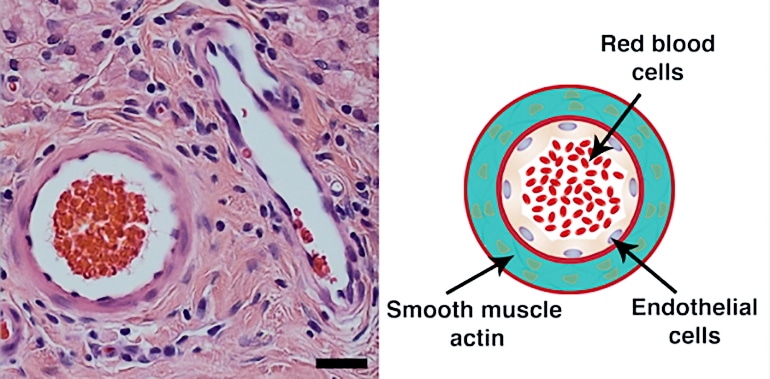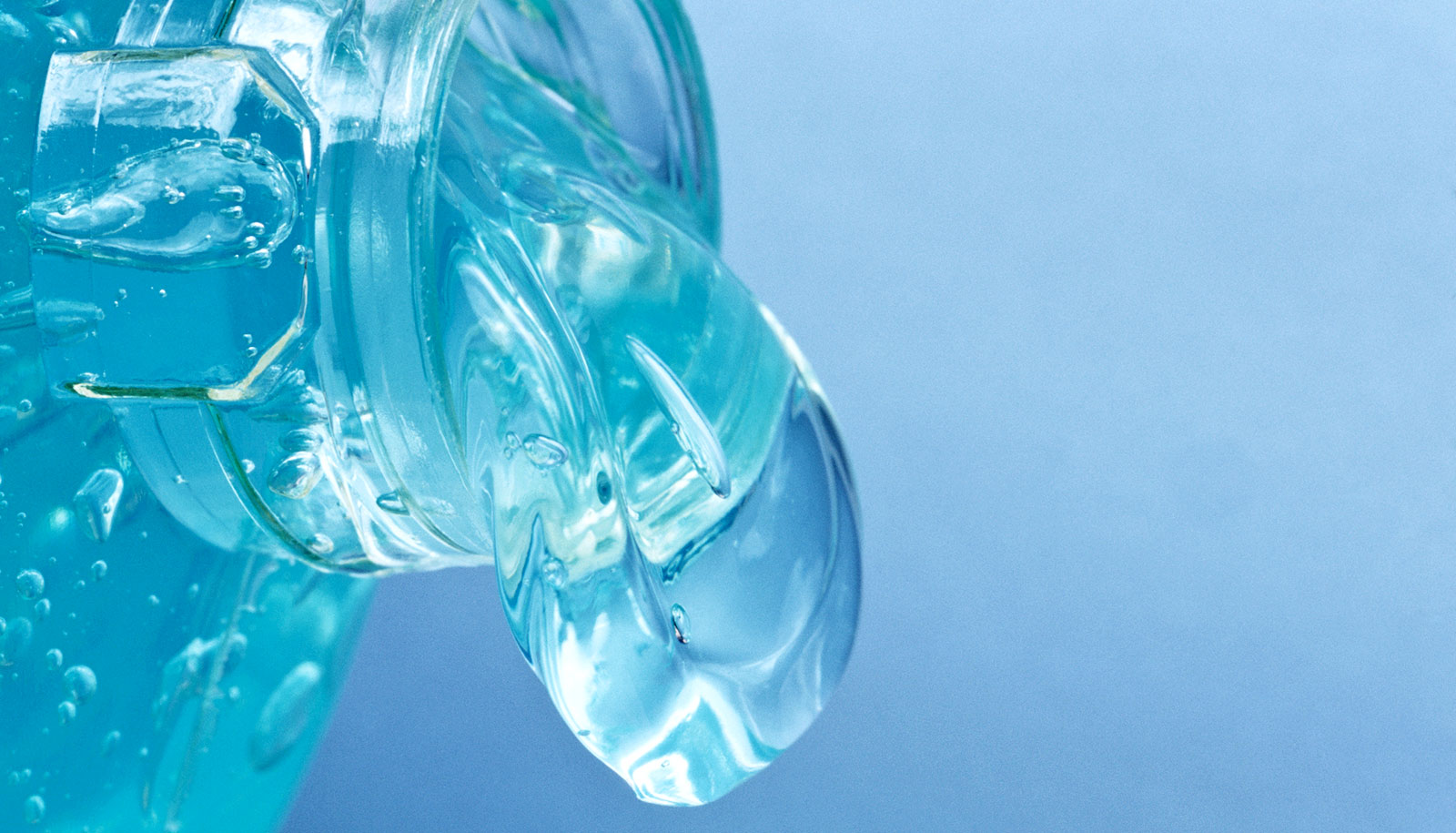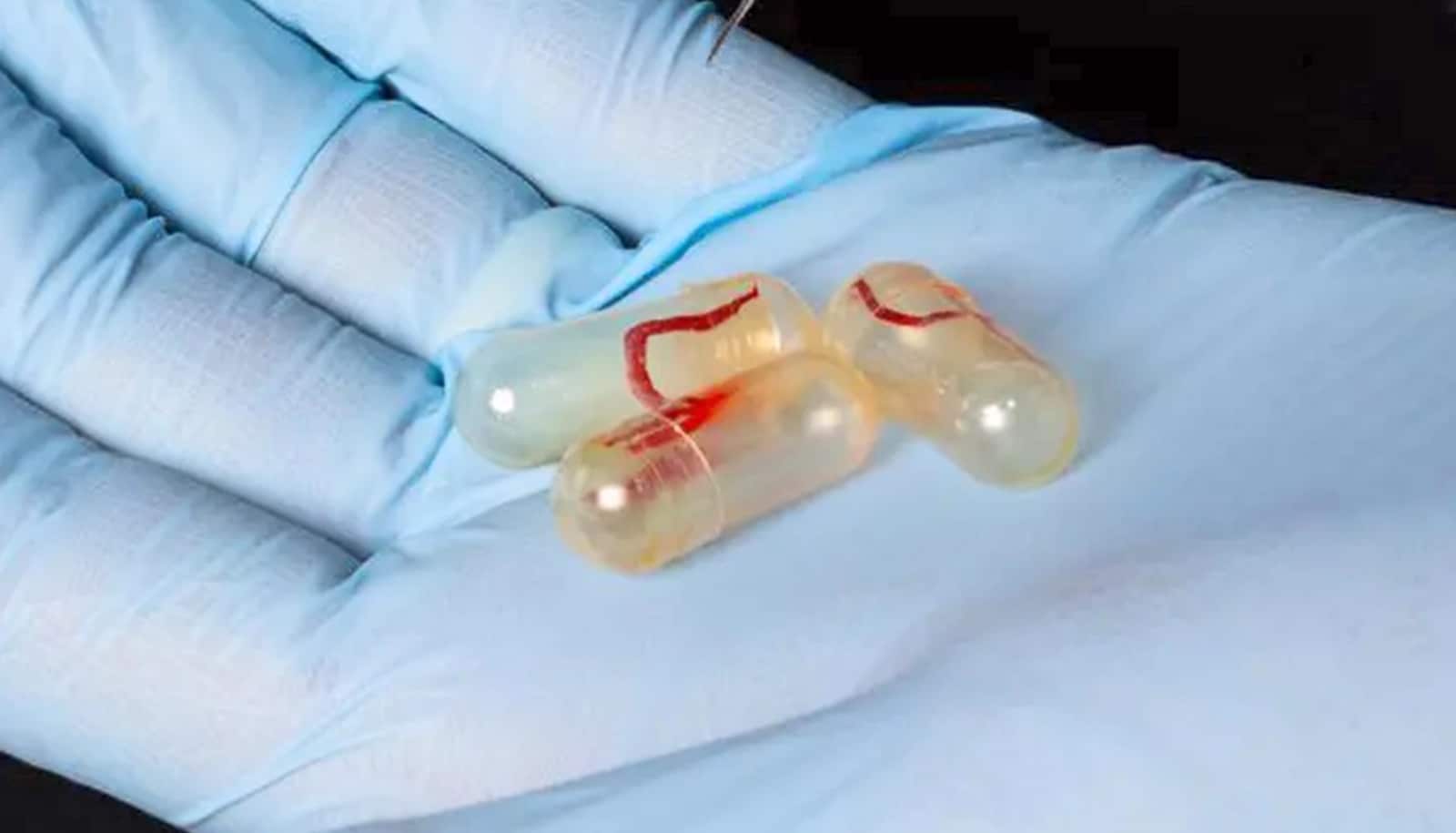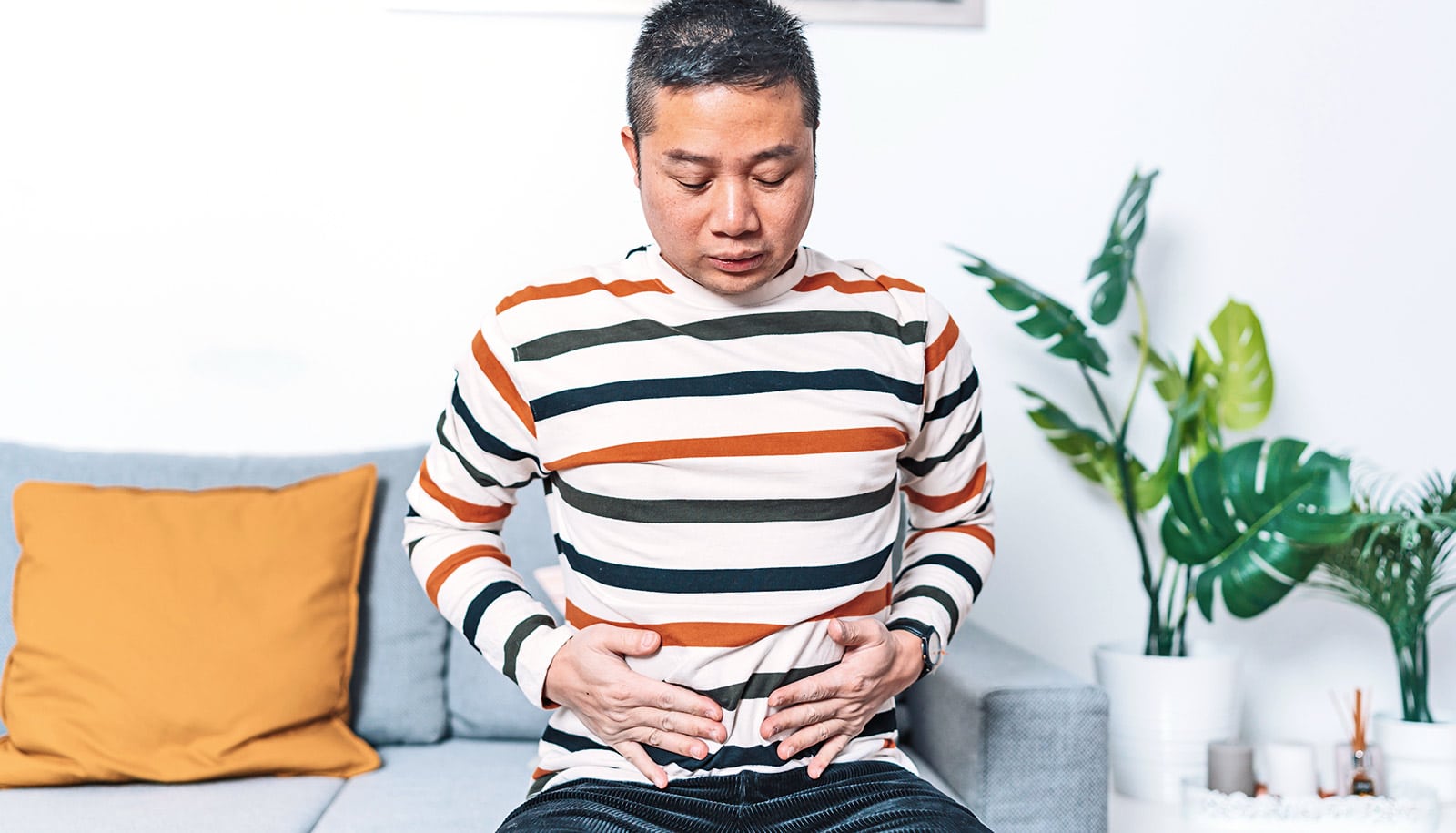Researchers were surprised to learn that a hydrogel they developed as a synthetic scaffold to deliver drugs has its own therapeutic qualities, even without its cargo.
During development, the researchers often tested the hydrogels by infusing them with bioactive small molecules, cells, or proteins before injection. The researchers report in the journal Biomaterials that a particular hydrogel, a self-assembling multidomain peptide (MDP) with the amino acid sequence K2(SL)6K2, is indeed bioactive.

Once the researchers started to investigate the phenomenon, they found that even without additives their MDP:
- is rapidly infiltrated by host cells,
- provokes a temporary inflammatory response,
- does not develop a fibrous capsule,
- supports the infiltration of a mature vascular network,
- and recruits nerve fibers.
“We were surprised to find this strong effect in what we had previously considered to be a control peptide,” says Jeffrey Hartgerink, a professor of chemistry and of bioengineering at Rice University. “As it turned out, the inherent structure and chemistry of this peptide, despite being quite simple, results in a strong biological response.”
Researchers designed the hydrogel, which they can deliver through a syringe, to degrade over six weeks and leave behind healthy tissue. Because the researchers designed the peptides from the bottom up to mimic their natural counterparts, the lab found they create an optimal environment for the body’s own systems to encourage healing.
The researchers report that the natural inflammatory response when a foreign substance like a hydrogel is introduced into a system and draws cells that secrete proteins involved in cellular infiltration, scaffold degradation, vascularization, and innervation.
Tests on injected hydrogel showed a “statistically significant” increase in the presence of cytokines known to provoke an inflammatory response, as well as an increase in anti-inflammatory agents, both of which remained steady after day three and through two weeks.
Slow-release hydrogel doses tumors with drugs
That, Hartgerink says, indicates the hydrogel appears to harness the body’s innate capacity to heal as it transitions from a pro-inflammatory to a pro-healing environment.
“As we eventually discovered, this exceptional peptide allows the body to carry out healing on its own, but with a significant boost,” he says. “We believe the key step is the initial, and very rapid, cell infiltration. Once these cells are on location, they produce everything they need for an impressive regenerative response, including angiogenesis and neurogenesis.”
Hartgerink says the lab is pursuing application of the peptide for wound-healing in diabetic ulcers.
The National Institutes of Health, the Welch Foundation, the National Science Foundation, the Mexican National Council for Science and Technology, and a Stauffer-Rothrock Fellowship supported the research.
Source: Rice University



